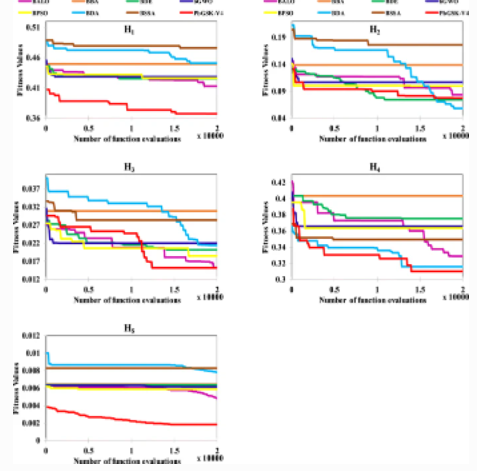

Enhancing earth-to-satellite FSO system spectrum efficiency with adaptive M-ary PSK and SIMO in presence of scintillation and beam wander
In this paper, the performance of the free-space optical (FSO) system from ground-to-satellite is analyzed considering the combined effect of atmospheric turbulence and beam wandering employing M-ary phase-shift keying (MPSK). Key parameters of the vertical connection, such as satellite altitude, zenith angle, and beam size, are investigated. In order to improve the spectrum efficiency, an adaptive transmission approach is applied to ensure efficient channel capacity usage. The procedure depends on changing the modulation order of the MPSK scheme according to the instantaneous channel state and the acceptable bit error rate. Furthermore, a single-input multiple-output (SIMO) system with maximal ratio combining (MRC) diversity is used to mitigate the effects of atmospheric turbulence and beam wandering. Closed-form and asymptotic expressions are presented for the average bit error rate (BER) for a single-input single-output (SISO) and SIMO techniques. Moreover, closed-form expression is deducted for the upper bound bandwidth efficiency. The accuracy of the derived closed-form and asymptotic expressions are verified by adopting appropriate simulation cases and parameters. The results show that the optimal value of the beam size ratio (BSZ) is 1.6. Also, the results prove that the adaptive technique improves spectrum efficiency by more four times the non-adaptive method at the same BER threshold of 10-2. By using a 1×4 SIMO system, the same adapted spectrum efficiency is achieved with a reduction of 4 dB in SNR versus 1×2 SIMO system and 8 dB in SNR versus SISO system. A 1×4 SIMO system achieves a threshold bit error rate of 5 dB reduction in SNR compared to a 1×2 SIMO system and a 10 dB reduction in SNR compared to SISO system. © 2020 Elsevier GmbH

